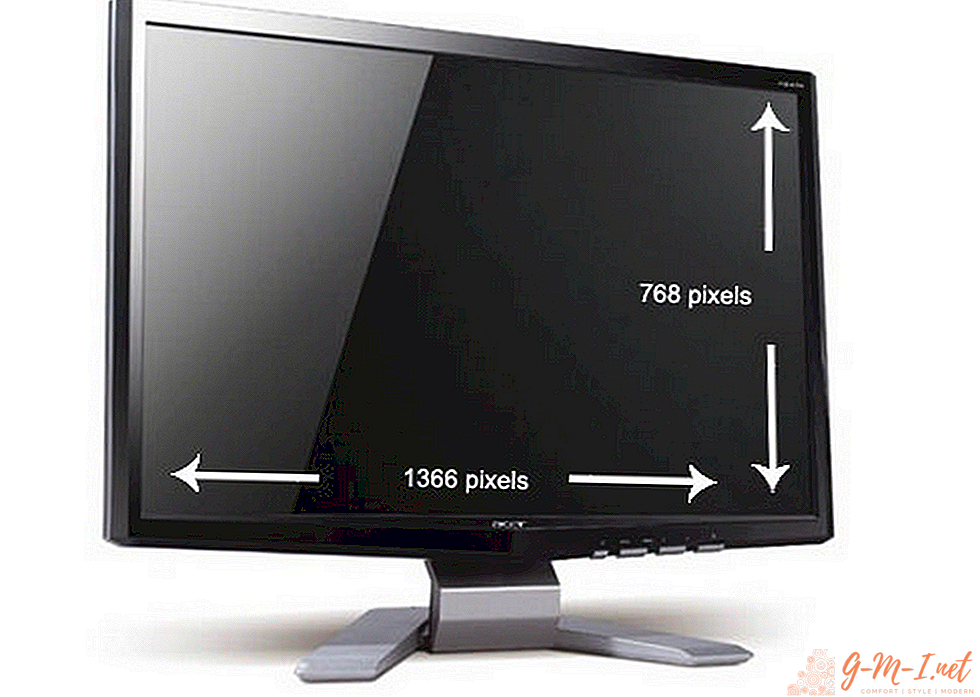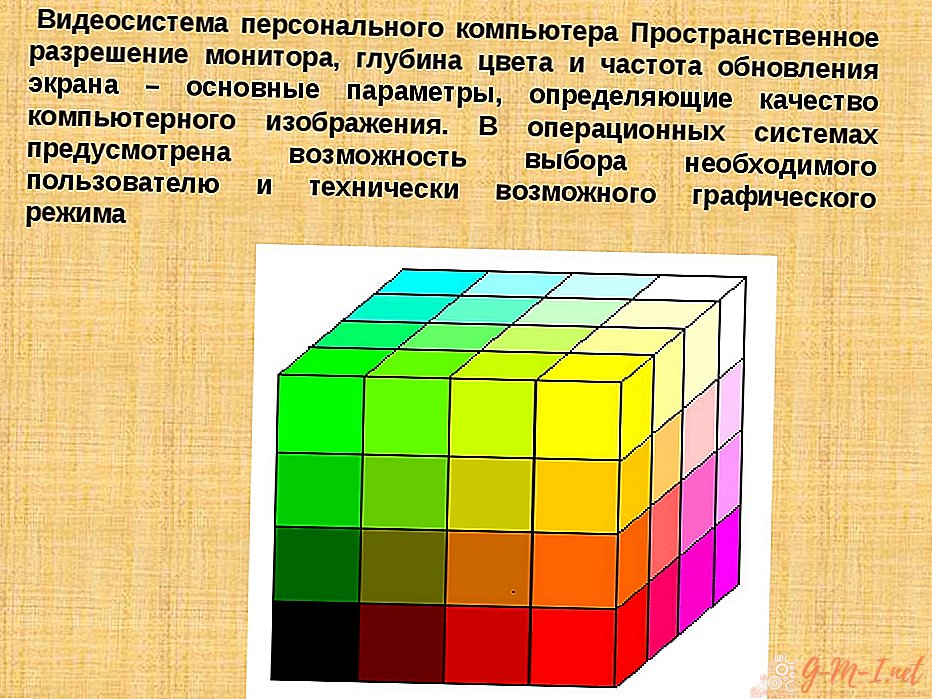 Today, one of the most important quality criteria is the characteristics and performance indicators of various electronic devices. Particular attention is paid to the parameters of various elements of smartphones, computers and laptops. In our article, we will consider one of the key characteristics of the monitor - its spatial resolution.
Today, one of the most important quality criteria is the characteristics and performance indicators of various electronic devices. Particular attention is paid to the parameters of various elements of smartphones, computers and laptops. In our article, we will consider one of the key characteristics of the monitor - its spatial resolution.
To begin with, it’s worth understanding the definition of the concept itself. Spatial resolution refers primarily to the number of pixels on the screen.. Any image on the display is formed from the smallest points of space, pixels. They are arranged in rows vertically and horizontally. From these slender rows the final picture is formed. The logic for calculating quality is simple:
- Each pixel carries information about a particular color.
- The lines contain pixels, that is, the colors of one picture.
- The more coded colors, the richer the perception of the image.
- Accordingly, with higher spatial resolution, we get better quality.

For clarity, you can imagine the image in the form of a grid. If you divide it into 4 equal squares, then you can use only 4 colors. When dividing it into a larger number of small squares, you can create a full-fledged image using the entire palette. Modern models use standard resolutions, which are their physical indicators. If desired, you can correct these characteristics in the menu settings.
IMPORTANT! It should be understood that changing the settings will smooth and merge several pixels into one. This can make the screen blurry and degrade quality.
Another important point will be the presence of dead pixels. However, it is better to learn about this and check the operation of the monitor separately.This simple indicator allows the buyer to fairly easily determine the quality of the resulting image and evaluate the performance of the monitor as a whole.
It is worth considering other characteristics to fully evaluate the capabilities of the device. In addition to the number of pixels, image quality is determined by a number of other standard indicators:
- Color depth. Each programmable character in the electronics system has its own encoding. This also applies to color, the depth of which is determined by the possibility of transmitting a particular hue. The larger this indicator, the more shades can be displayed, and accordingly, the perception of the human eye can be improved.
- The refresh rate of the monitor image is designed to determine the speed of the image change. Of course, for a more comfortable work, it is better to use equipment with a high frequency. So the eyes will not constantly focus on the previous frame and will be able to play a full-fledged video sequence.

In addition to the main parameters that we talked about in the article, there are additional assessment methods. However, for amateur and personal use it is quite enough to use the proposed characteristics. If you need a more professional choice, you should study this topic and the principle of computer operation in more detail.

Leave Your Comment